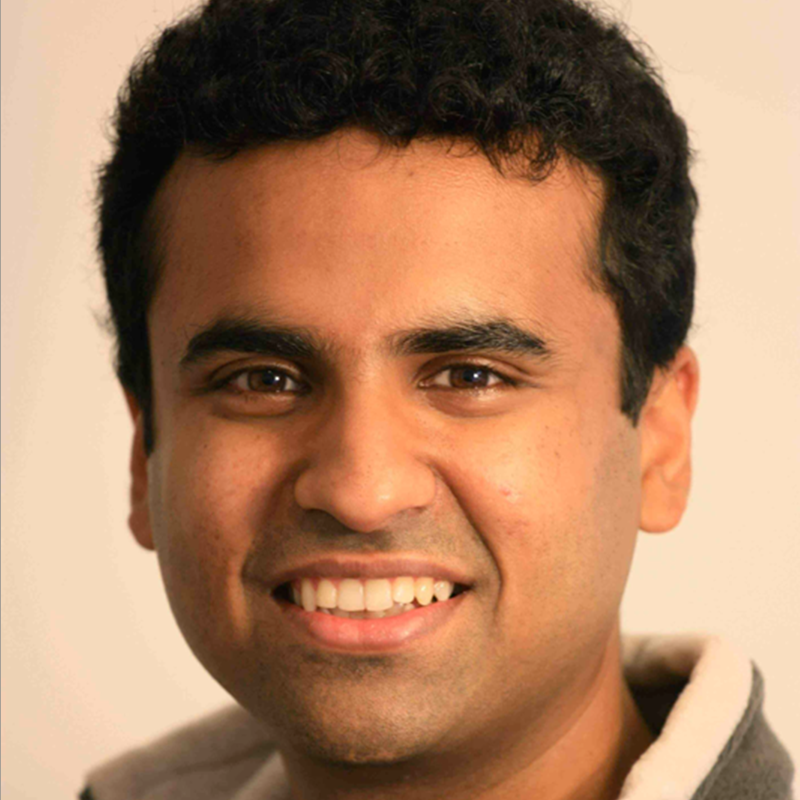
A New Minimally Invasive Method for Deep Brain Stimulation
By Andy Cummings
Media InquiriesResearchers from Carnegie Mellon University and Allegheny Health Network have developed a new method for deep brain stimulation. The technique, called “DeepFocus,” uses transcranial electrical stimulation (TES) on the scalp and transnasal electrical stimulation (TnES) to achieve more accurate electrical stimulation in the brain.
DeepFocus uses close proximity and highly conductive pathways offered by thin bones between the nasal cavity and brain to create larger and more accurate electric fields in deep brain regions than traditional scalp electrode configurations.
”By going through the nose, we can place electrodes as close to the brain as possible without opening the skull,” explained Mats Forssell, an electrical and computer engineering research scientist who is a lead author on the study. “We gain access to structures on the bottom of the brain which are hard to reach in other ways. That’s what makes this technique so powerful.”
DeepFocus could enable more efficient and lower-risk targeting of deep brain structures to treat multiple neural conditions, including depression, PTSD, OCD, addiction, and substance abuse disorder. By targeting the brain’s “reward circuit” (the orbitofrontal cortex, Brodmann area 25, amygdala, etc.) and managing environmental and time of day factors, DeepFocus could disrupt the brain’s associations with cravings.
DeepFocus could provide both short- and long-term treatments. Chronic treatments that require persistent stimulation could be delivered through an implant, while acute applications could be delivered in short sessions with endoscopic insertion and removal of the device.
“The new approach affords access to parts of the brain that have been traditionally surgically challenging,” said Boyle Cheng, a professor of neurosurgery at Allegheny Health Network’s (AHN) Neuroscience Institute who worked on the study. “The innovation from the team provides exciting advances in the delivery of energy in terms of both safety and efficacy. Ultimately, the potential for better clinical treatments with fewer complications in patients with various neurological disorders is highly motivating.”
There is precedent for treating neurological conditions with implanted electrodes in the deep brain, but it requires a sophisticated surgical procedure to implant the system (electrodes, battery, and associated circuitry) which is highly invasive and carries risk of intracranial hemorrhage and infection. This method also isn’t steerable, which means the stimulation target cannot be changed once the electrodes are implanted inside the brain.
“Early results of invasive deep brain stimulation (DBS) in treating neuropsychiatric conditions have been very promising,” said Pulkit Grover, the senior author of this study and a professor of electrical and computer engineering, biomedical engineering, and CMU’s Neuroscience Institute. “But the sophisticated surgery required for invasive DBS technology makes it unlikely to be widely adopted. Also, the invasive approach offers limited flexibility to clinicians after electrodes have been placed.”
Noninvasive techniques such as transcranial magnetic stimulation (TMS), transcranial focused ultrasound stimulation (tFUS), and transcranial electrical stimulation (TES) have lower risk and are steerable, but aren’t as effective as implanted electrodes due to limited depth and resolution. TMS and TES can also cause high scalp pain because of more intense electric currents. DeepFocus offers a minimally invasive solution that is more accurate, less painful, and steerable.
Dr. Alexander Whiting, a neurosurgeon and the director of epilepsy surgery for AHN’s Neuroscience Institute who worked on this study, said “This new tool could be a game changer, offering the ability to treat deep areas of the brain in mental health disorders like depression, OCD, and addiction in a minimally invasive way that does not involve traditional incisions, or permanent placement of implanted hardware.”
Alongside DeepFocus, researchers developed DeepROAST, a simulation and optimization platform used to carefully calibrate the injected currents in this new technique. DeepROAST simulates the effect of complex skull-base bones’ geometries on the electric fields generated by DeepFocus using realistic head models. It optimizes the placement of electrodes on the scalp and in the nose, and helps electrical current injection patterns to be more accurate and efficient.
“With the DeepROAST platform, we can simulate how the electric field travels inside the brain realistically,” said Yuxin Guo, a Carnegie Mellon University Ph.D. student who worked on this research. “Moreover, DeepROAST automates and optimizes the placement of electrodes on the scalp and transnasally so that deep brain regions can be targeted with better efficiency and focality. This allows stimulation of deep brain targets that were previously difficult to access, enabling more precise interventions for conditions like depression, PTSD, and addiction.”
Grover added, “The U.S. is facing a severe mental health crisis, with PTSD, depression, and substance use disorders among the most pressing societal challenges. While surgically implanted deep-brain stimulation has shown promise, it lacks both widespread acceptance and the necessary FDA approvals for these conditions. Our minimally invasive, low-risk approach, which can be implemented in an outpatient setting, presents a scalable and widely applicable solution.”
The work was supported by grants from the Chuck Noll Foundation for Brain Injury Research and Congressionally Directed Medical Research Programs.
Guo, Y., Forssell, M., Kusyk, D., Jain, V., Swink, I., Corcoran, O., Lee, Y., Goswami, C., Whiting, A., Cheng, B. and Grover, P., 2024. DeepFocus: a transnasal approach for optimized deep brain stimulation of reward circuit nodes. Journal of Neural Engineering. Accepted manuscript available here.




